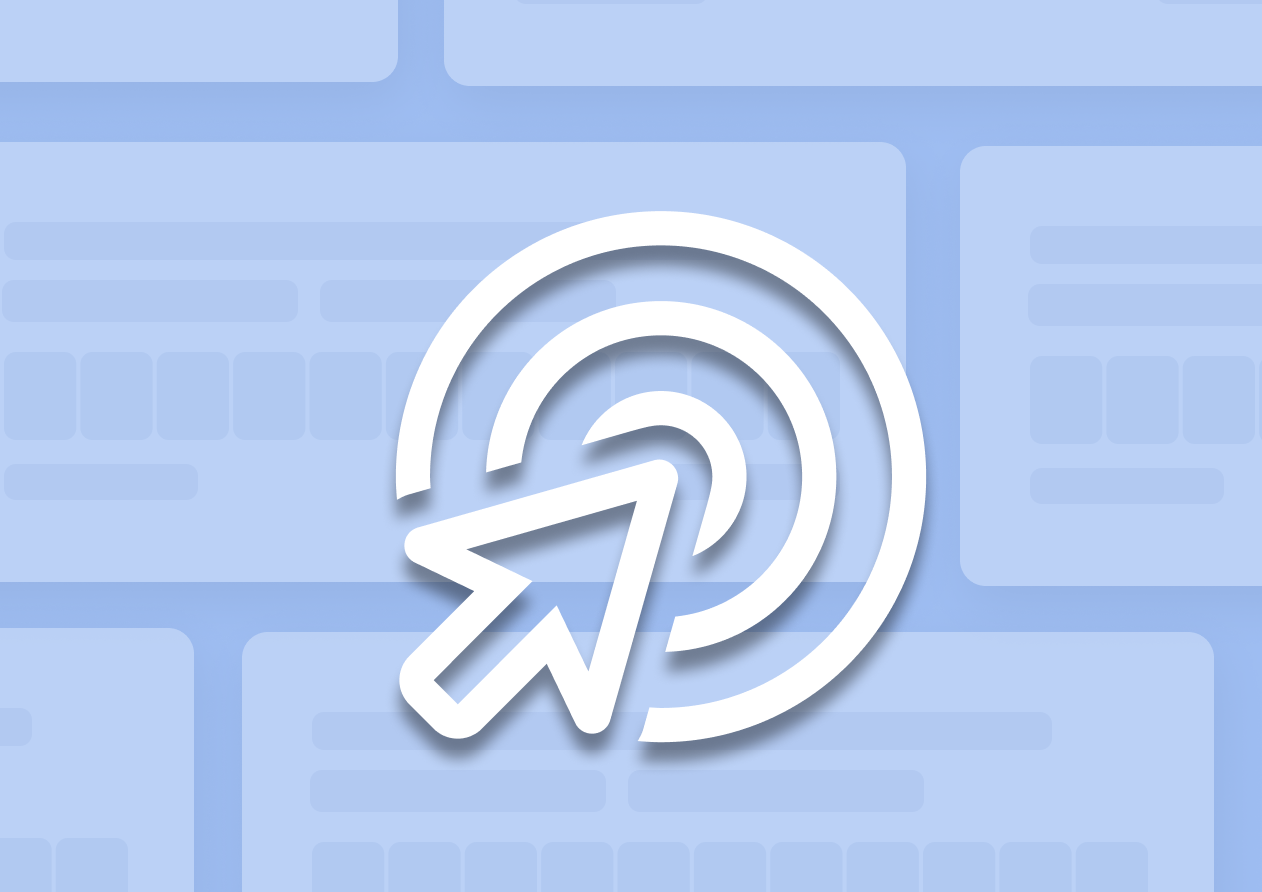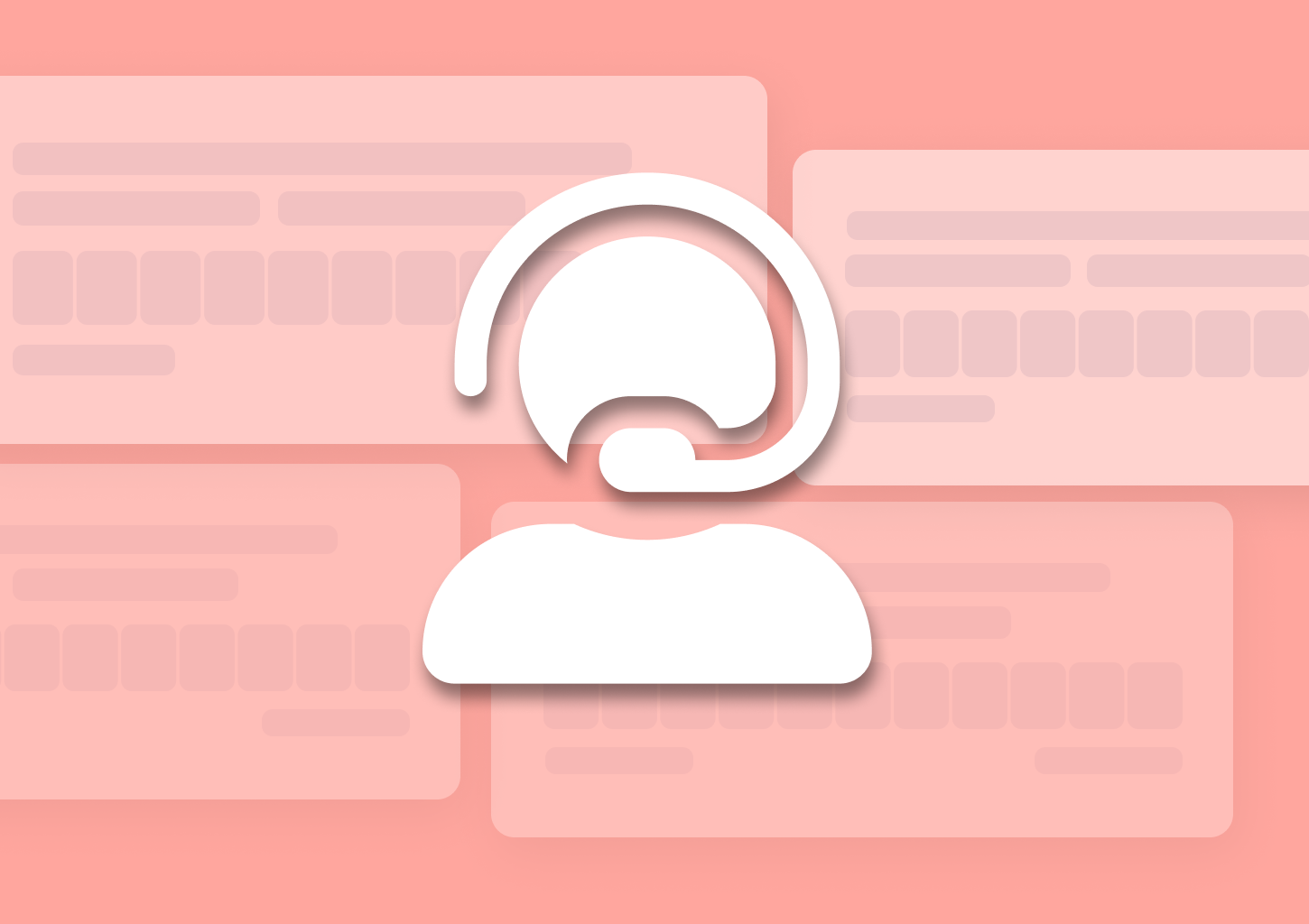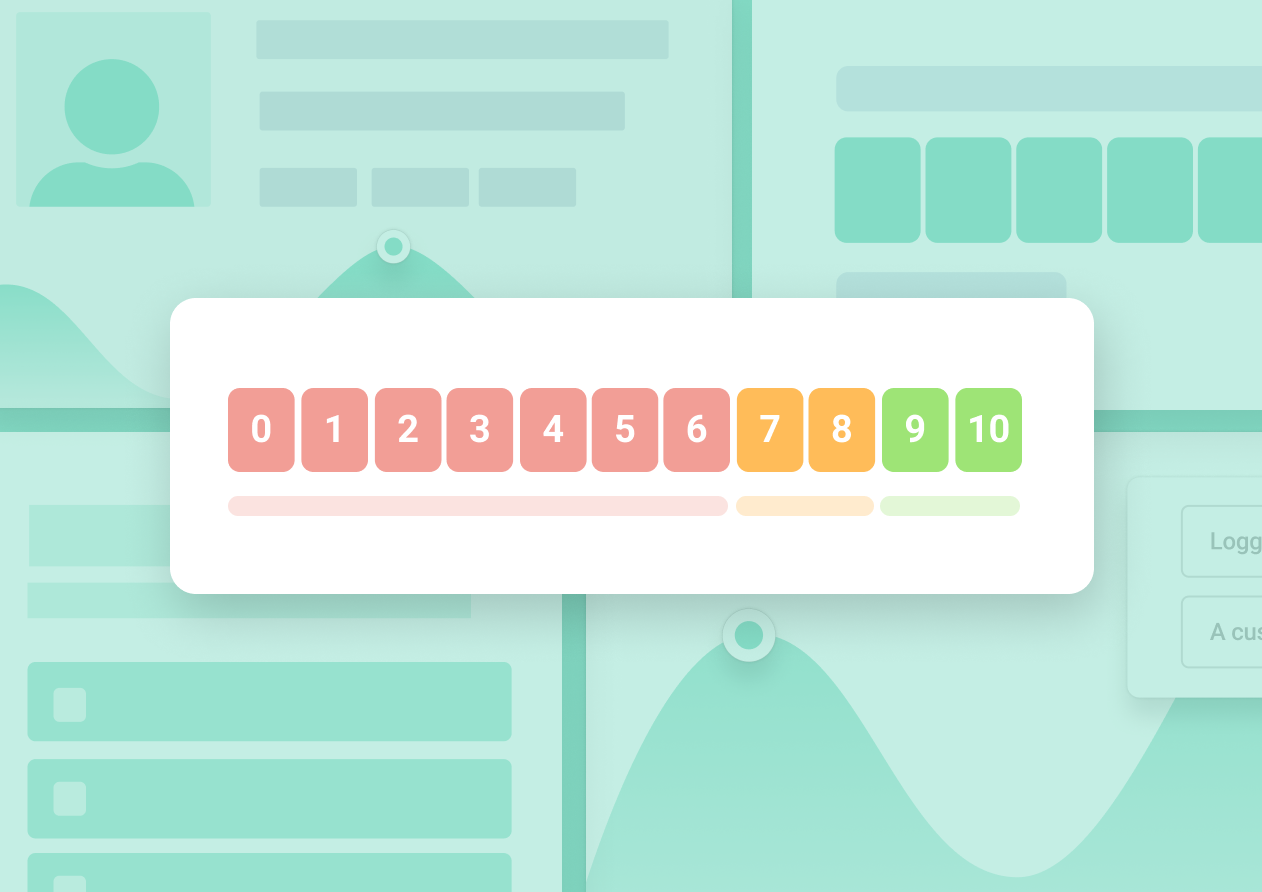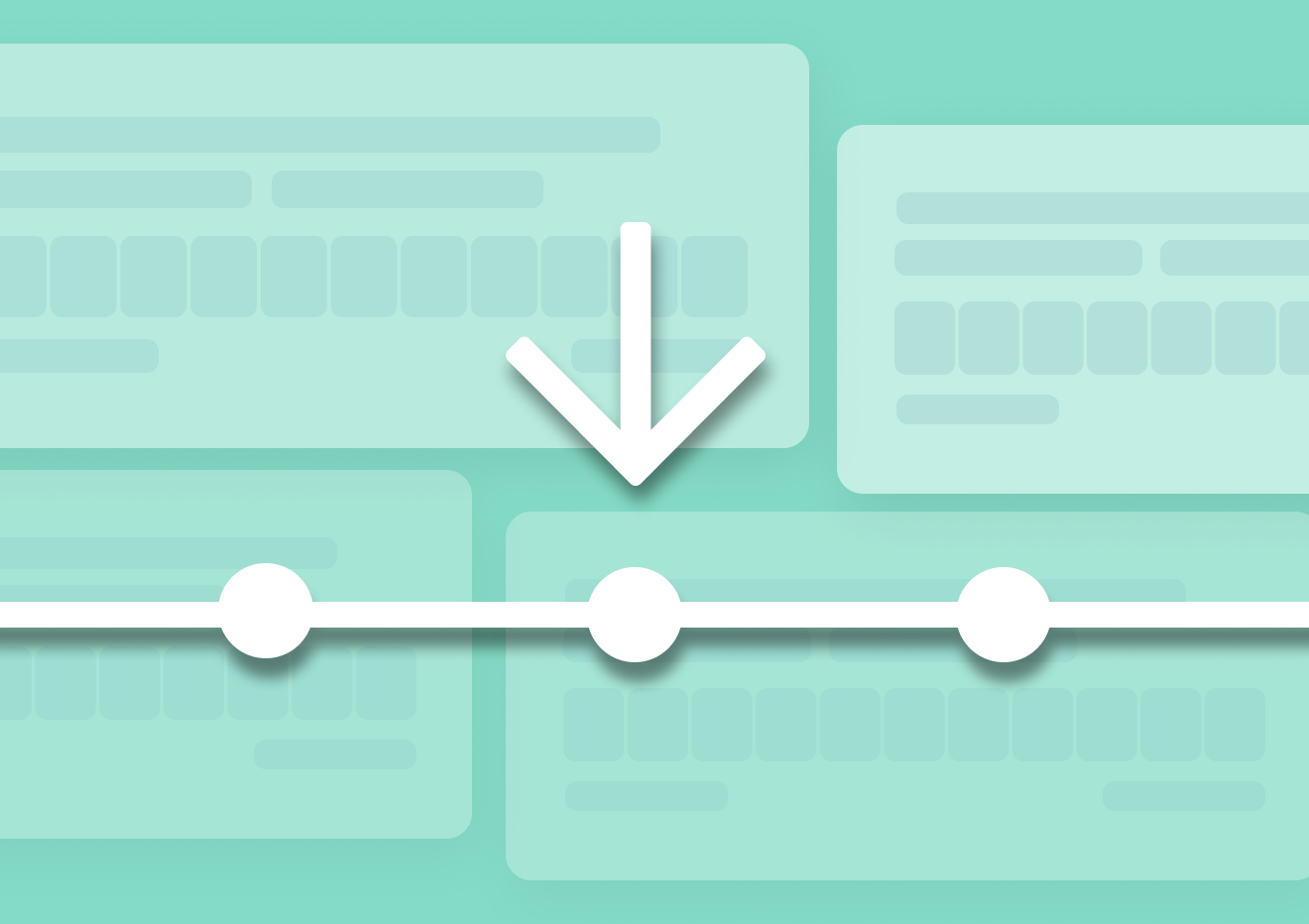What is CSAT and How to Calculate It
In this guide, I’ll tell you everything you need about CSAT (Customer Satisfaction) Score. I’ll also show you the exact formula to use to calculate your CSAT score.
Let’s face it, CSAT is important. After all, no company can last long without satisfied customers. Unless people enjoy what you sell and enjoy dealing with your company, your business stands little to no chance of flourishing and growing.
This is where CSAT comes in.
What is CSAT?
CSAT is a feedback survey designed to help companies understand how satisfied customers are with their products or services.
There are several key characteristics of CSAT (Customer Satisfaction Score):
- CSAT measures customer satisfaction based on a percentage score ranging from 0 to 100.
- To measure CSAT, you need to run a customer feedback survey that focuses specifically on customer satisfaction.
- CSAT surveys ask one question only, usually in this format: “How satisfied are you with [Product Name]?” and customers reply by selecting a relevant option on a rating scale.

NOTE: You need dedicated CSAT survey software to run such a survey. The tool will not only allow you to set up the survey and deliver it to your customers via various channels (i.e., email, website, and many others.) It will also collect and analyze the data, delivering your CSAT score, and insights to power business and growth decisions in your business.

How does CSAT work?
Although in this guide, I am focusing primarily on explaining what is CSAT, the answer wouldn’t be complete if we didn’t at least touch on how the score actually works.
Luckily, the process is actually pretty simple.
Customer Feedback
Businessese usually run CSAT after customers have either interacted with the company or have used its products for a while. In the survey, companies ask the customer to rate their experience. This usually happens through a survey.
One-question Survey
The survey typically asks: “How satisfied were you with your experience?” Customers respond on a scale, usually using one of the following formulas:
- 1 to 5 (Very Dissatisfied to Very Satisfied)
- 1 to 10 (Low to High Satisfaction)
- A simple Yes/No

The company calculates its CSAT (customer satisfaction score)
- Only the positive responses (usually 4s and 5s) are counted.
- The CSAT formula to use is: (Number of Satisfied Customers ÷ Total Responses) × 100
- The result is a percentage. Higher means happier customers.
Why measure CSAT in the first place?
The simplest answer is that Measuring CSAT helps businesses understand how customers feel. In this sense, CSAT offers a direct way to determine whether people are happy with a product, service, or experience.
However, there are, obviously, more direct and specific benefits you gain from measuring CSAT:
Identify Strengths and Weaknesses
- CSAT shows what’s working well and what needs improvement.
- High scores mean customers are happy.
- Low scores highlight problem areas that need fixing.
Improve Customer Experience
- Businesses can use CSAT feedback to make changes.
- If many customers report the same issue, it’s a sign to act.
- Better experiences lead to happier customers.
Boost Customer Loyalty
- Happy customers return and buy more.
- They recommend the business to others.
- Unhappy customers may leave for a competitor.
Increase Revenue
- Satisfied customers spend more over time.
- Keeping existing customers is cheaper than getting new ones.
- A good CSAT score can lead to more positive reviews and referrals.
Track Performance Over Time
- CSAT allows businesses to see trends.
- Are customers happier now than before?
- Tracking scores helps companies measure progress.
When to Use CSAT?
CSAT isn’t the only method for measuring customer satisfaction.
Net Promoter Score (NPS) provides insights into satisfaction levels as well. So does the customer effort score.
However, each of those survey types focuses on different aspects of the overall customer experience. This also means that you can run all three survey types to get the full picture of the customer’s experience, satisfaction, and loyalty.
In the case of CSAT, though, the survey can help you uncover satisfaction levels across different areas of the business:
- Product experience and product satisfaction
- Sales interactions
- Customer support
- Onboarding or training
- General customer experience, and more.
How is the CSAT Score Measured?
I mentioned the term – CSAT score – a couple of times already, and I believe it warrants at least some explanation.
So, in a nutshell, the CSAT score is the numerical representation of customers’ satisfaction with you.
The score is based on survey replies, again, based on a simple, 1-5 scale where one equals Very Unsatisfied, and 5, Very Satisfied.
Your CSAT score is delivered with percentages. A score of 100% suggests total customer satisfaction while 0% means a complete dissatisfaction.
CSAT Metrics Explained
If you use a CSAT software like Refiner, the tool will calculate the CSAT score (the primary CSAT metric) for you. However, in case if you need to crunch the numbers manually, the formula to use is:
(The number of satisfied customers (i.e., people who have responded by selecting the option 4 or 5)/ Number of survey responses) x 100 = % of satisfied customers

When to Send CSAT Surveys
Let’s start by discussing the timing of your survey. And there is a reason why I prefer to focus on this issue first.
You see, the biggest challenge with running any type of customer satisfaction surveys is ensuring that a person sees your questionnaire at the exact time when they are ready to offer feedback.
If you send it when the person doesn’t think of the product or your brand, they might dismiss it (or put no thought in their reply.) In such a case, even if you collect their feedback, the response, most likely, does not represent the person’s true attitudes towards the product.
Every customer satisfaction survey works best at different times. In the case of the CSAT survey, the best time is to send it when an experience is fresh in the person’s mind. For example:
- If you want to identify their attitude towards your product, send the survey a couple of days after the purchase or signup.
- Similarly, if you investigate the satisfaction with your support, send the survey right after the customer service interaction, and so on.
The key here is to match the timing to customer interactions and trigger the survey when the said interaction is still fresh in the person’s memory.
CSAT Questions to Ask
Like many other customer satisfaction surveys – NPS or CES – CSAT is based on a rating question and an optional follow-up question.
We’ve talked about the rating question before and discussed its structure and the rating scale it uses to determine a person’s satisfaction with a product or service.

The Rating Question
Usually, the rating question asks the person to rate how satisfied they are with a product (or a service, of course.) In its most common form, the question looks like this:
“How satisfied are you with [PRODUCT NAME].”
Using a scale of 1-5, the person can rate their satisfaction between very unsatisfied and very satisfied.
However, by shifting the focus of the question, you can use the question to inquire about the person’s satisfaction with other aspects of your business. For example:
- “How would you rate the support you received?”
- “How satisfied are you with the information you’ve received before purchase?”
- “How satisfied are you with our onboarding process?”
The Follow-up Question
The follow-up question is your chance to dig deeper into the customer’s experience and learn more about their attitudes towards your products.
Because of that, the CSAT follow-up question can take many different forms:
- A multiple-choice question is asking customers to select an answer from a list.
- An open-ended question is allowing them to explain the reasoning behind their score in detail.
- A binary question that customers could reply with either a yes/no.

What to ask in a CSAT follow-up question?
The purpose of the follow-up question is to go deeper into the factors that affected the person’s CSAT score. For that reason, a good place to start is by learning more about your audience and their preferences.
Here are just a couple of examples of CSAT follow-Up questions:
- “How could we improve our product?” – Open-ended question
- “What functionality you value the most in our product?” – Multiple-answer question
- “How could we improve your experience with [PRODUCT NAME]?” – Open-ended question
- “Would you buy another product from us” – Binary question
- “How often do you use the product?” (i.e., daily, weekly, monthly, etc.) – Multiple-choice question
- Ask customers about various demographic factors – their age, income levels, gender, education, employment status, etc. – to learn more about the most satisfied customers and build a better ideal customer persona.
Closing Thoughts
Let’s face it; no business can survive long without satisfied customers. Unless people enjoy what you sell, and also enjoy dealing with your company, your business stands little chance to flourish and grow.
In this guide, you’ve discovered one of the three ways to measure customer satisfaction – the CSAT survey. Use it to uncover how satisfied customers are with what you sell, and dig deeper into their feedback, close the loop, and put the data in front of the people who can effect change.
Good luck.









